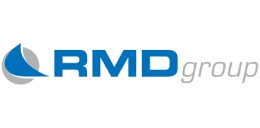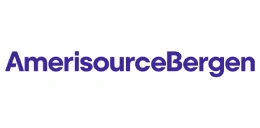Sailing Towards Sustainability: Southeast Asia Set to Boost Solar Power with a Floating Solar Farm
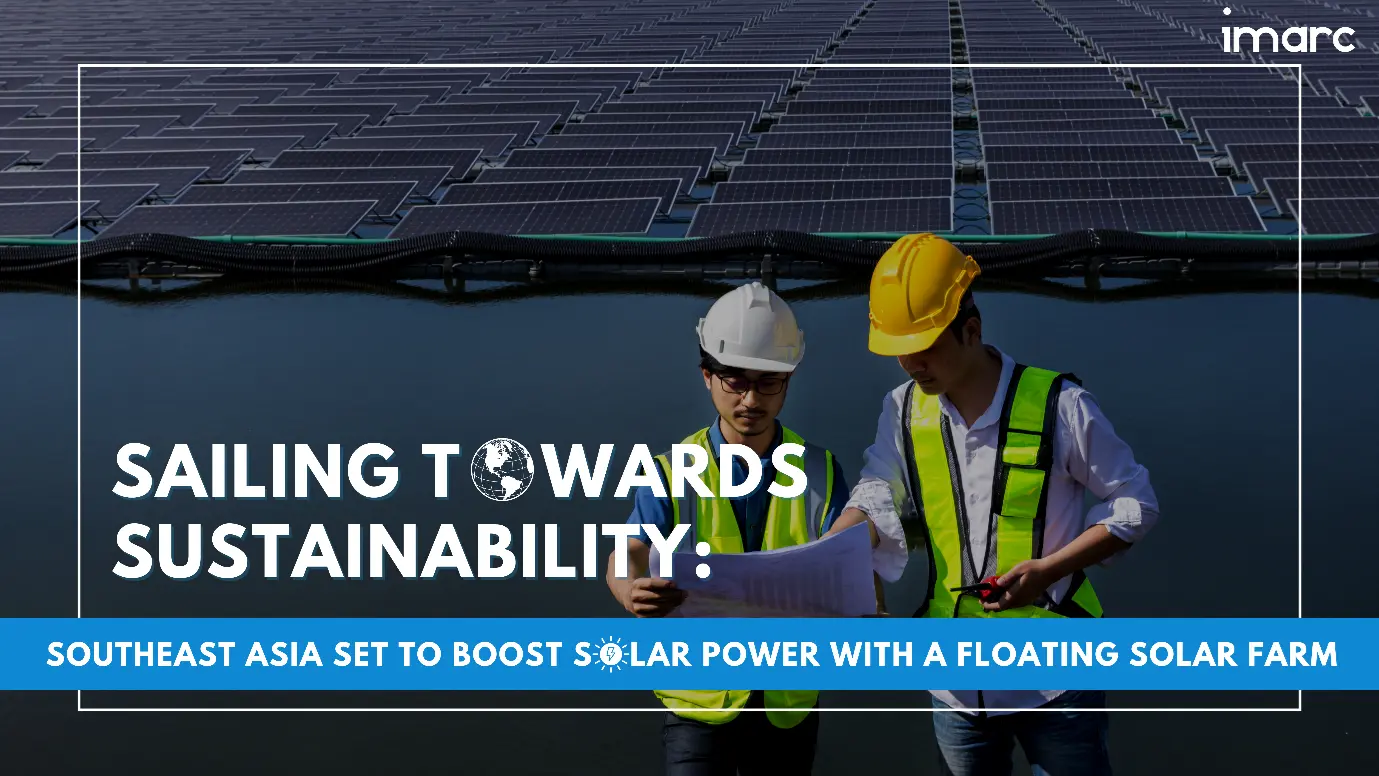
A floating solar farm is a renewable energy installation in which solar panels are mounted on floating structures in water bodies such as lakes, reservoirs, ponds, or even the sea. This technology, also known as a floating photovoltaic (PV) system, or “floatovoltaics,” enables solar power generation in areas with limited available land or where land use is restricted for other purposes. Floating solar farms offer various benefits, including improved solar panel efficiency through cooling, land conservation, reduction of evaporation and algae growth, and integration with hydropower facilities to generate both solar and hydroelectric power in the same location.
There are two types of floating solar panels: tracking and stationary, and they can be located onshore or offshore. The capacity of floating solar farms ranges from 0.1-1 MW, 1-5 MW, to more than 5 MW. In terms of technology, floating solar farms are available in photovoltaic and concentrated solar power. The major end-users of this technology include agriculture, commercial, residential, industrial, and government sectors.
According to a report, Southeast Asia is expected to witness the addition of 300 MW of floating solar PV (FPV) capacity in early 2024. Indonesia, the Philippines, and Thailand are anticipated to emerge as leaders in the FPV market, with the region presently boasting nearly 500 MW of installed capacity. The long-term outlook suggests that Southeast Asia's potential in FPV capacity will continue to grow significantly, positioning the region as a key player in the global expansion of solar PV. By 2031, Southeast Asia, along with China and India, is expected to be at the forefront of worldwide FPV deployment.
Shaping the Energy Landscape: The Market Drivers Behind the Floating Solar Revolution
According to IMARC Group, the global floating solar farm market is expected to grow at a substantial pace in the coming years. The demand for floating solar farms has significantly increased over time. Various factors contributing to the market's growth are outlined below:
Increased Emphasis on Renewable Energy Sources: The demand for renewable energy is steadily increasing worldwide, driven by growing global concerns about climate change. Floating solar farms play a crucial role in reducing dependence on fossil fuels, providing a sustainable and renewable source of energy. The escalating emphasis on renewable energy across the globe is propelling the demand for this technology.
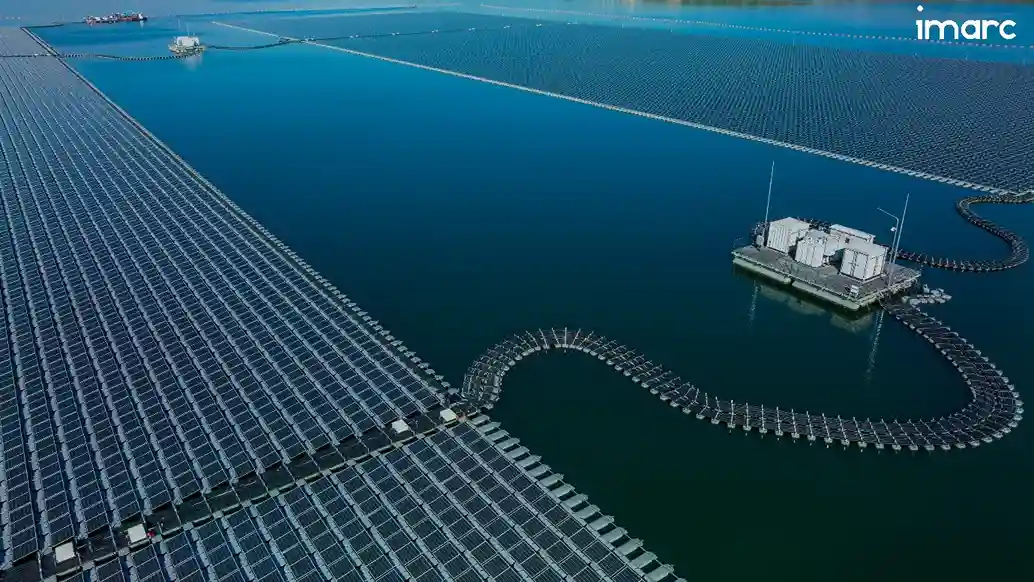
Government Initiatives: Governments across the globe are implementing supportive policies and regulatory frameworks as well as setting stringent targets to reduce the dependence on fossil fuels. Additionally, various initiatives have been introduced by the governments to promote the adoption of cleaner and more sustainable renewable energy sources, including solar and wind.
Numerous countries, including China, India, Japan, and several European nations, have made substantial investments in floating solar farm projects. Furthermore, they have implemented attractive fiscal policies and financing schemes to incentivize the widespread adoption of floating solar farms.
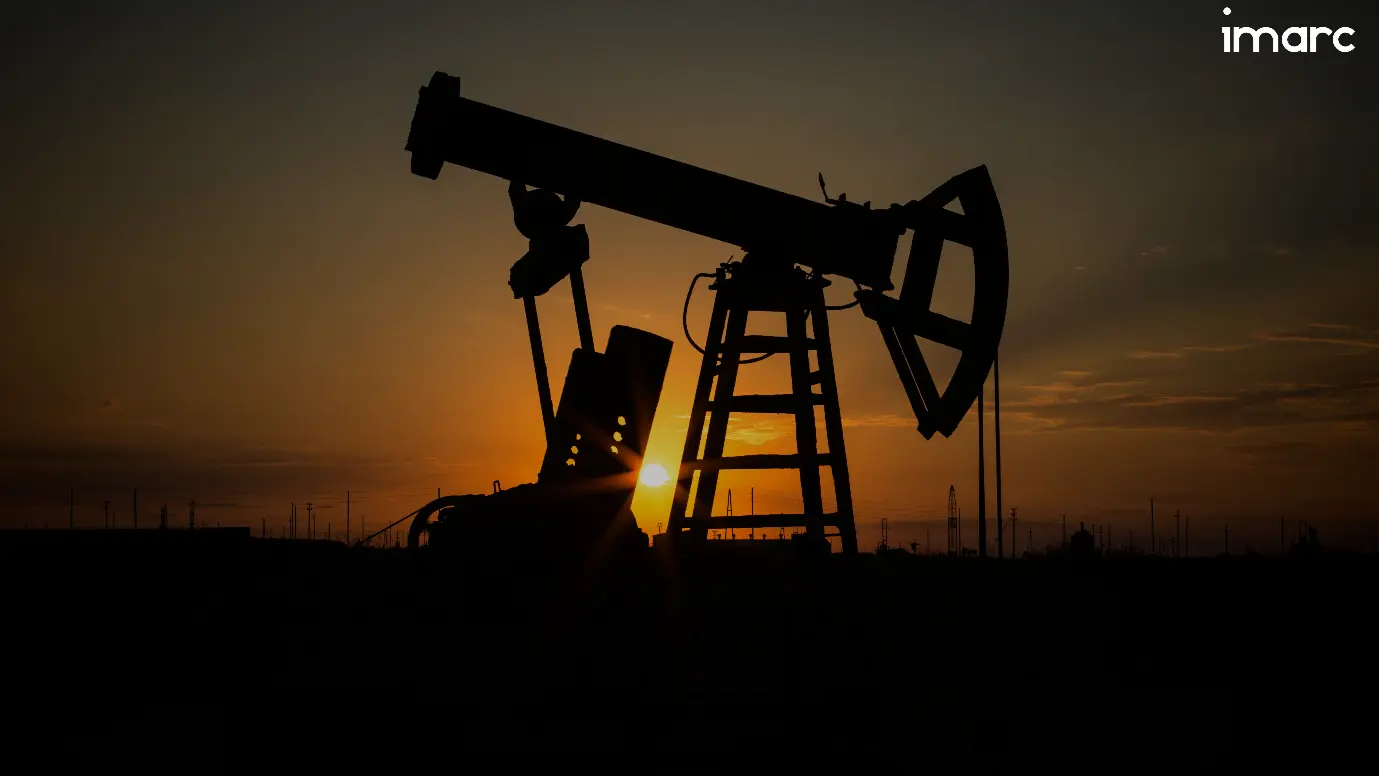
Availability of Surface Area on Water Bodies: The expansive surface area of water bodies presents a substantial opportunity for floating solar farms. In these farms, unused water bodies, including water reservoirs, lakes, seas, and oceans, are utilized for power generation. Rapid global urbanization has led to a reduction in available land area worldwide. Additionally, establishing renewable energy projects requires vast amounts of land. Consequently, the demand for floating solar farms is increasing as they offer a solution to the challenge of land scarcity for renewable projects in various countries.
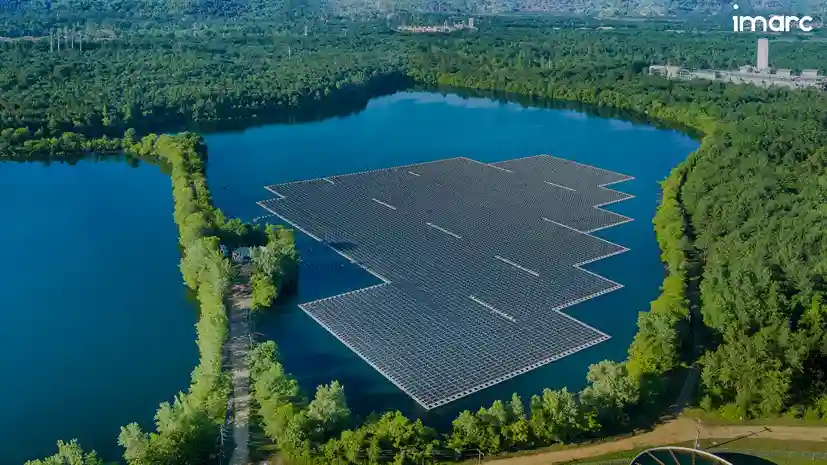
Technological Innovation: The technological advancements in floating solar technology, such as the introduction of durable and weather-resistant materials in floating solar farms and improvements in anchoring systems, as well as enhancements in energy storage solutions, are propelling the demand for floating solar farms worldwide.
Ongoing research and development in solar technology also contributes to the improvement of floating solar panel efficiency, durability, and cost-effectiveness, making them increasingly attractive for widespread adoption.
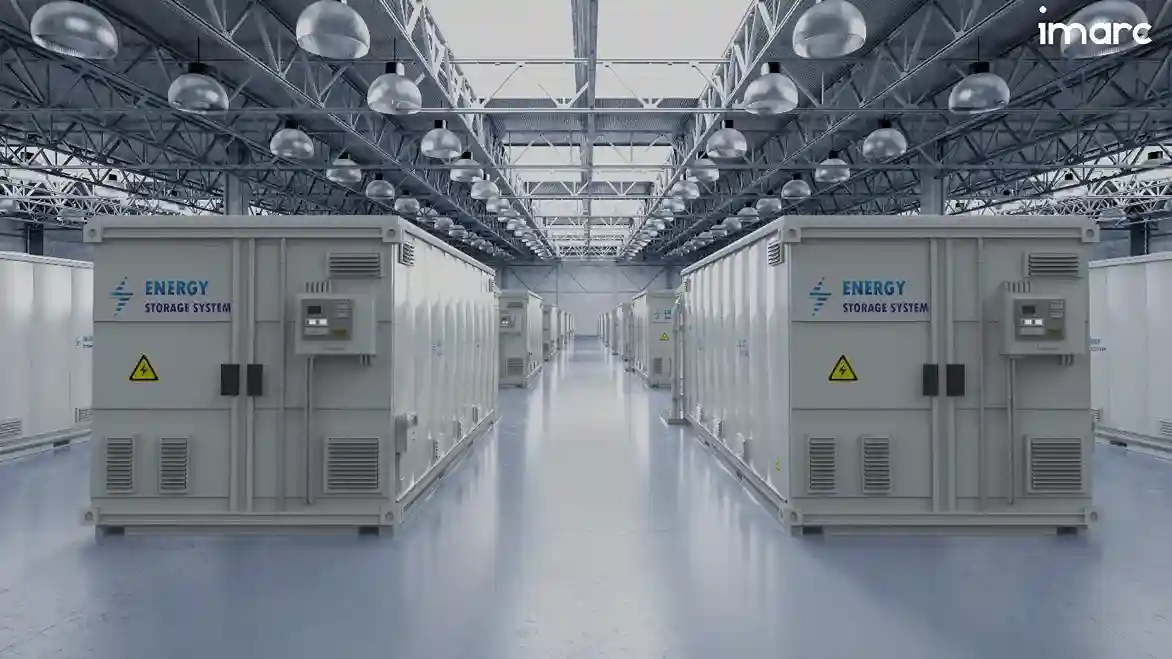
Moreover, the increasing awareness of environmental issues and the rising demand for sustainable energy solutions will attract investors, leading to a heightened interest in floating solar farms. This increased interest is expected to boost funding and promote the development of the floating solar farm market in the coming years.
Riding the Wave of Innovation: Breaking News and Insights
- In January 2024, Uttar Pradesh (a state in India) invested an estimated INR 1 Lakh Crore in approximately 125 clean energy projects as part of its strategy to meet 40% of its energy requirements through solar and alternate sources. These energy projects include the construction of a 50 MW floating solar power plant in the Bhakhira Bird Sanctuary in Eastern Uttar Pradesh. Additionally, TUSCO Ltd is expected to establish a 1 GW floating solar plant on Matatila Dam in the Lalitpur district, with an estimated investment of INR 6,500 Crore.
- In January 2024, the government of Sao Paulo announced the completion of the initial phase of the UFF Araucária floating PV project on the Billings Reservoir, the largest reservoir in Sao Paulo. The plant boasts a capacity of 7 MW and is equipped with 10,500 solar panels mounted on floats made of high-density polyethylene.
- In November 2023, Indonesia unveiled a massive floating solar farm worth $100 million, marking the largest in Southeast Asia. The Cirata floating solar farm is set to produce sufficient electricity for 50,000 households. Located on a 200-hectare reservoir in West Java, approximately 130 kilometers from Jakarta, it represents Indonesia's commitment to shifting toward green, renewable energy sources.
IMARC's Insightful Expertise: Paving the Way for Industry Insights
Companies must establish goals for sustainable product development through an efficient approach. It is imperative for every industry to evaluate the life cycle of their products to comprehend their environmental impact and engage in research and development. Analyzing competitors' approaches within the industry is also a crucial parameter for progressing toward sustainability.
At IMARC, we specialize in helping companies identify their competitors, business strategies, and approaches to developing products and technologies in the floating solar farm sector. We can help identify targeted customers and suppliers within the floating solar farm market and create robust marketing plans. We can provide information on competitors' innovations and government regulations and legislation. Additionally, we can assist companies in identifying the floating solar farm solutions best suited for their products. Industries can position themselves for long-term success and growth by aligning with sustainable approaches.
Our Clients
Contact Us
Have a question or need assistance?
Please complete the form with your inquiry or reach out to us at
Phone Number
+91-120-433-0800+1-201-971-6302
+44-753-714-6104
